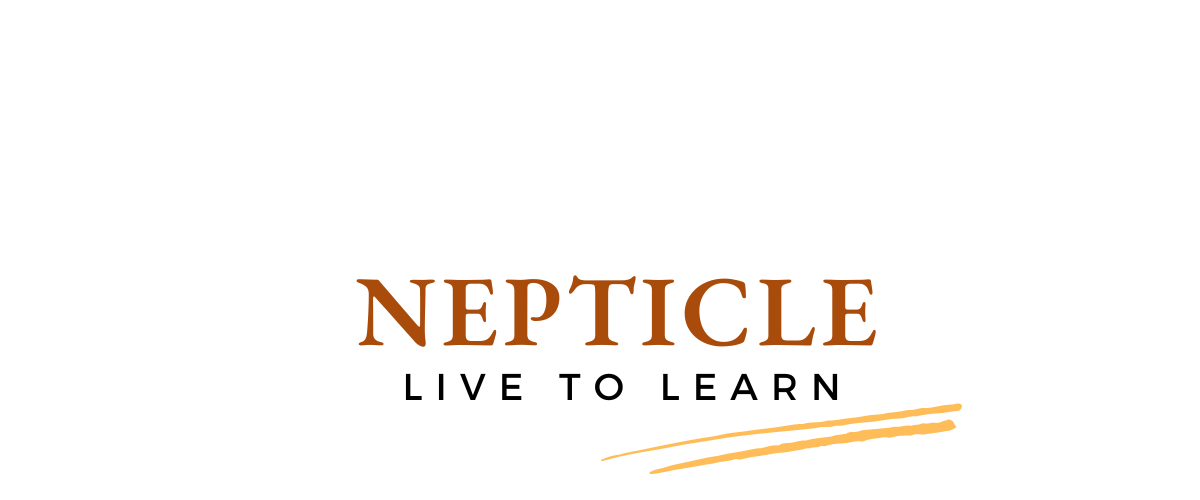Structures and Function of brain
HUMAN BRAIN
Brain
There
are various ways to describe what exactly the brain is. In simple, brain is the
creator of central nervous system which controls every part of human body from
moving, blinking, walking, talking and many more. The concept of brain is
vague. It is always believed that all the activities we perform including
hearing, seeing, feeling are the outcomes of brain which is performed via ears,
eyes, nose, etc. Only after when brain agrees and gives the instructions to our
sense organs to do so.
Brain Structures and their Functions
The
nervous system is our body’s decision and communication centre. The central
nervous system(CNS) is made of the brain and spinal cord and the peripheral
nervous system(PNS) is made of nerves. Together they control every part of our
daily life from breathing and blinking to helping you memorize facts for a
test.
Nerves
reach from the brain to our face, ears, eyes, nose and spinal cord and, from
the spinal cord to the rest of our body. Sensory nerves gather information from
the environment; send that information to the spinal cord, which then speed the
message to the brain. The brain then make sense of that message and fires off a
response. Motor neurons deliver the instructions from the brain to the rest of
the body. The spinal cord, made of a bundle of nerves running up and down the
spine, is similar to a superhighway, speeding messages to and from the brain at
every second.
It reacts and response to the stimulus being received from outside environment. Brain issue biological explanation of one giant mass of tissue that contains numerous nervous or nerve cells whose connections with one another determines how to react on what situation.
TYPES OF BRAIN
The brain can be divided into three basic
units:
· THE FOREBRAIN
T THE MIDBRAIN
· THE HINDBRAIN
Each of them has its own inevitable importance in
determining the role of different part of our body in any given reflexes. More
or less the function of these types of brain are highly related to each other:
The forebrain:
It is
a larger section of the brain. It is divided into two parts called the lower
diencephalon and the upper diencephalon. The lower diencephalon of the brain
controls the activities which regulate the body temperature, and sleep states,
equilibrium, controlling eye movement, sensing facial movement (salivating,
swallowing and chewing food) or sensation and controlling respiration, hearing
and speech processing. The upper telencephalon includes the cerebrum, or
cerebral cortex. This area of the brain mainly controls personality, memory and
cognitive function. It is this part of the brain that affords humans the
ability to think abstractly, reason and concentrate. The other functions of
forebrain is associative in nature, as the information is received, it connects
the new data with previously acquired memories. For example: the smell of
garlic reminds you of your mother working in the kitchen. Forebrain being known
as emotional brain might lead to depression if deficiency occurs in it.
The Midbrain:
A
short stem which serves the function of being a path between the forebrain and
the hindbrain is known as midbrain. Midbrain controls the auditory, eye
movement, vision and body movement. The various functions which involve are
controlling the respiratory muscles, controlling the vocal cords, enabling a
person to phonate, oral as well as nasal passages that are known to cause resonance
effect are controlled by midbrain. The midbrain also controls the plate,
tongue, lips and mandible (lower jaw bone) which are involved in articulation
control (control of speech, sound). The coordinated activities of oral facial
tissues are controlled by the midbrain due to which it has control over the way
we laugh and cry. That is the reason why
even if the remaining brain is dead, a person can still laugh and cry. Dopamine
is manufactured by midbrain’s nuclei and neurons. This dopamine plays an
important role in motor and cognition functioning and the deficiency in this
neurochemical may lead to paralysis, development of Parkinson’s disease as well
as psychotic abnormalities.
The hindbrain:
It is very important to understand how the brain works,
in how many types they are divided and how each of them performs their task. From
the above explanation, it is easily understood though physically under the
coverage of layers and layers of skin, one could say that brain is independent but
if we just give closer look towards it’s inside working, each of the neurons,
tissues, and structures are highly dependent on each another. Thus, before understanding
what mind does, it is crucial to know what brain does and its functions.















.png)



Post a Comment
0 Comments